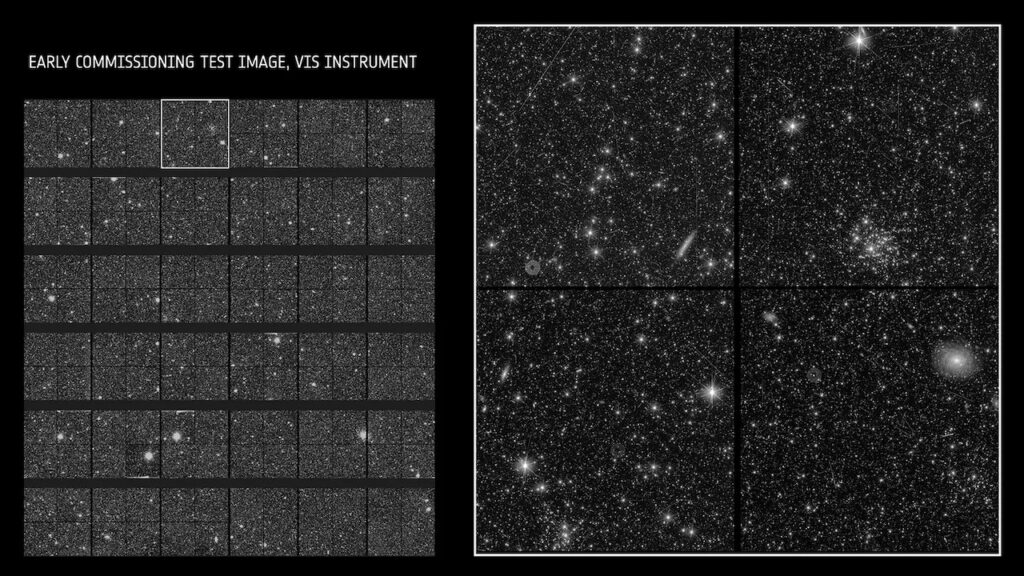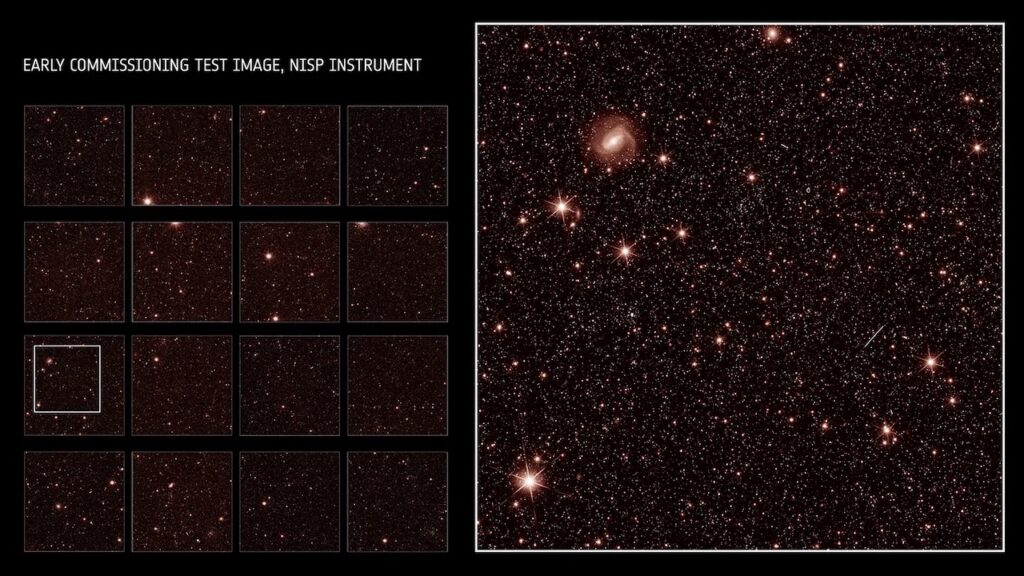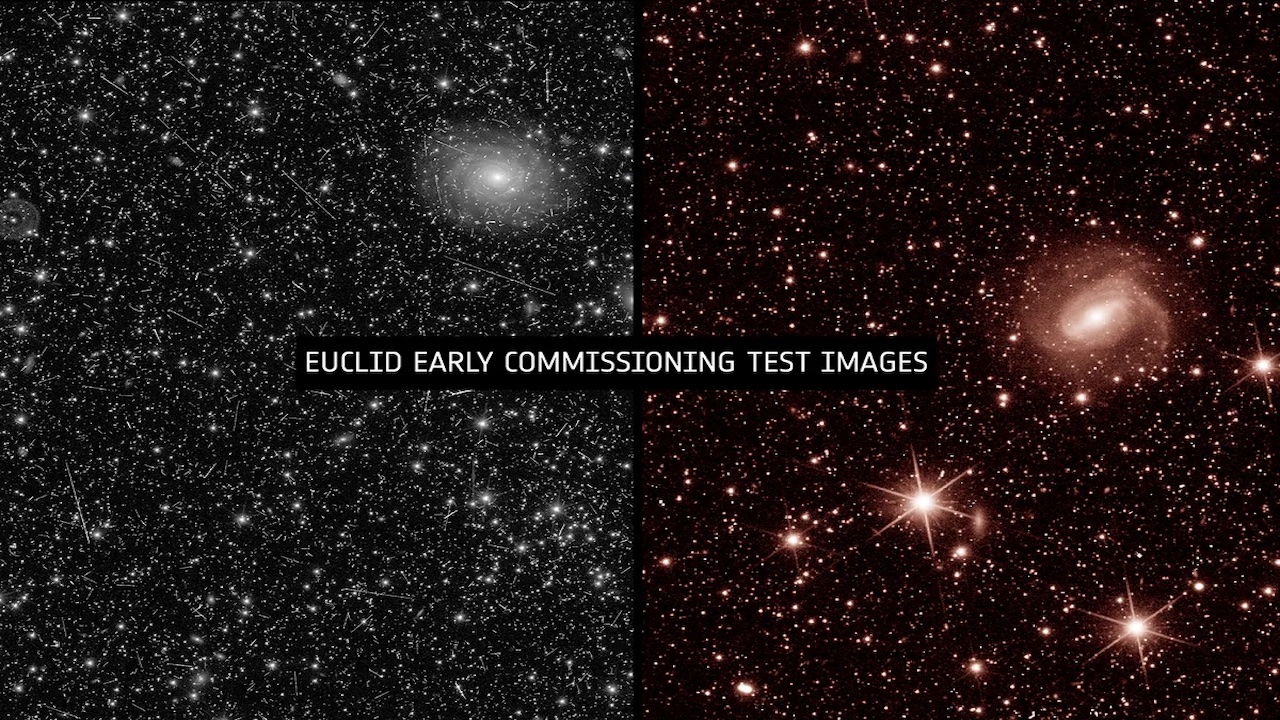The European Space Agency’s (ESA) ambitious dark matter-detecting Euclid space telescope is approaching its final orbit, and has started sending back initial test images. These early captures, though not yet scientifically usable, are a promise of the groundbreaking insight that scientists across the globe anticipate about the universe’s formation, expansion, and the role of dark energy, dark matter, and gravity.
Capturing the cosmic canvas
The test images, courtesy of the telescope’s onboard cameras, the VISible instrument (VIS) and the Near-Infrared Spectrometer and Photometer (NISP), are detailed portrayals of our cosmos. They reveal a multitude of stars, galaxies, and star clusters, forming an intricate tapestry of the night sky. However, according to Knud Jahnke from the Max Planck Institute for Astronomy, these initial images are not yet usable for scientific purposes, signifying that the instruments are functionally sound.

Preparing for the main act
The swath of sky captured by the early images is roughly a “quarter of the width and height of the full moon.” These need to undergo processing to eliminate cosmic ray artefacts, which appear as streaks across the images. The Euclid Consortium aims to convert the subsequent, more extended exposures into scientifically usable, artefact-free, and sharp images.
The telescope will start delivering these sharper images in October once it reaches its final position and completes its commissioning and performance verification phase.
An ambitious vision
Euclid’s approach contrasts with other notable space-based telescopes like Hubble or James Webb. Rather than focusing on specific stellar details, Euclid will spend six years surveying more than a third of the sky, reaching 10 billion years into the past. The ESA believes that this endeavour will yield insights into the fundamental physical laws of the universe and its origins and composition.

As we witness this significant step in cosmic exploration, we’re eager to hear from you. What are your thoughts on Euclid’s mission and its potential to answer some of the most profound questions about our universe? Feel free to share your insights in the comments section below.













